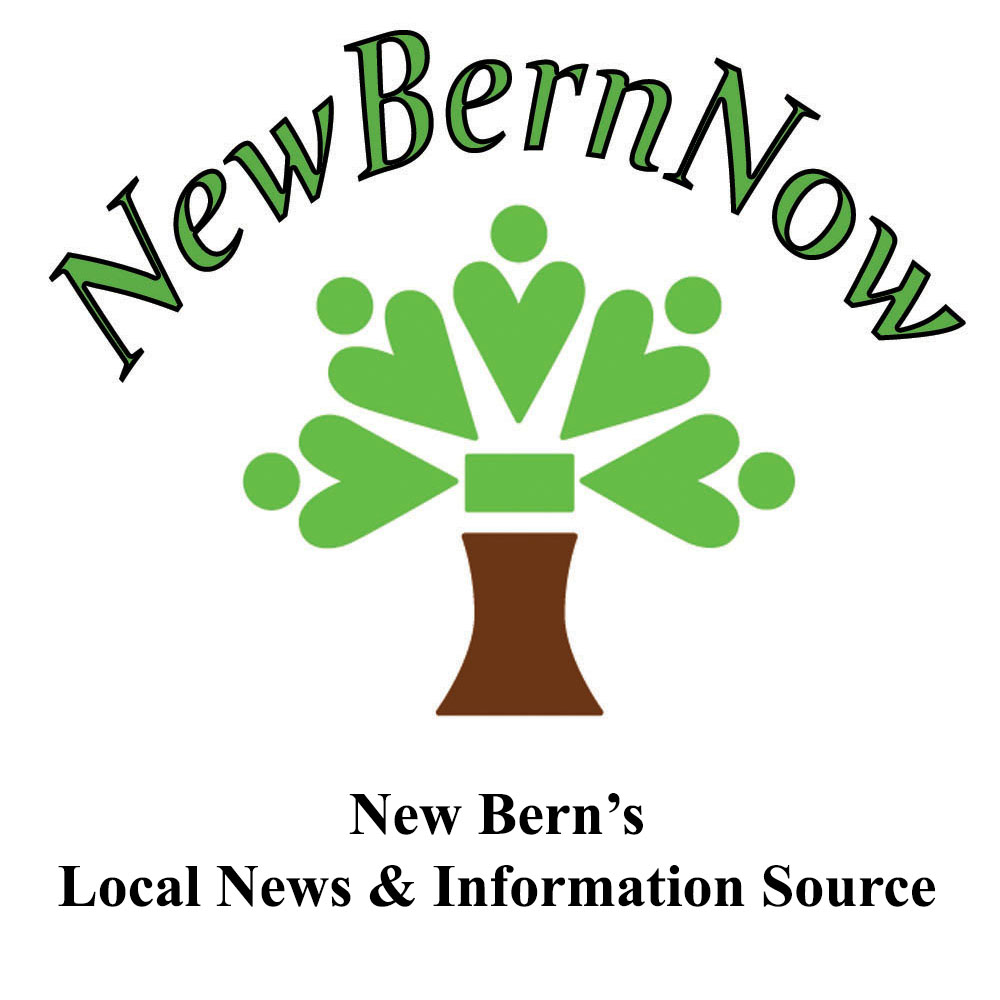
When the coronavirus came into the picture and the stay at home order was issued; I decided to give gardening another try. I wanted to attract butterflies, so I started researching what flowers to plant.
Knowing butterflies are pollinators and their population is declining, I learned more them than I expected to.
When I think about pollinators; bees, butterflies, and hummingbirds come to mind. I didn’t think about the bats, beetles, flies, other birds and insects, and small mammals that are responsible for pollinating plants.
The U.S. Fish & Wildlife Service’s Attracting Pollinators to Your Garden states, “They are responsible for bringing us one out of every three bites of food. They also sustain our ecosystems and produce our natural resources by helping plants reproduce.” This handy reference also describes pollination and probable causes of the decline in population, among other things.
One way to help bring the pollinators back is to start a garden.
Since I don’t have a large yard, the old recycle bins came in handy. By reusing them, I can always move them to a higher location in case of flooding!
If you’re looking for detailed information about gardening for pollinators in Eastern North Carolina; specifically, check out The Pollinator Partnership™/North American Pollinator Protection Campaign’s, Selecting Plants for Pollinators A Regional Guide for Farmers, Land Managers, and Gardeners in The Outer Coastal Plain Mixed Province. It highlights what plants pollinators are attracted to, their food and shelter needs, landscape practices, and many other areas to help you get started! This guide also reminds us to “Support Farmers and Beekeepers by buying local honey and locally produced organic foods”.
If you’re not sure what organic foods are; USDA certified organic foods are grown and processed according to federal guidelines addressing, among many factors, soil quality, animal raising practices, pest and weed control, and use of additives. Organic producers rely on natural substances and physical, mechanical, or biologically based farming methods to the fullest extent possible.
The NC Cooperative Extension, Craven County Center is another terrific resource for gardeners in our community. They offer classes and all kinds of helpful information!
Tip: Reuse a glass bottle to self-water plants. Fill the bottle with water, turn it upside down and push it into the dirt at the base of the plant.
Please let us know if you have any comments or questions by sending an email.
Happy Gardening,
Laura Johnson
When the coronavirus came into the picture and the stay at home order was issued; I decided to give gardening another try. I wanted to attract butterflies, so I started researching what flowers to plant.
Knowing butterflies are pollinators and their population is declining, I learned more them than I expected to.
When I think about pollinators; bees, butterflies, and hummingbirds come to mind. I didn’t think about the bats, beetles, flies, other birds and insects, and small mammals that are responsible for pollinating plants.
The U.S. Fish & Wildlife Service’s Attracting Pollinators to Your Garden states, “They are responsible for bringing us one out of every three bites of food. They also sustain our ecosystems and produce our natural resources by helping plants reproduce.” This handy reference also describes pollination and probable causes of the decline in population, among other things.
One way to help bring the pollinators back is to start a garden.
Since I don’t have a large yard, the old recycle bins came in handy. By reusing them, I can always move them to a higher location in case of flooding!
If you’re looking for detailed information about gardening for pollinators in Eastern North Carolina; specifically, check out The Pollinator Partnership™/North American Pollinator Protection Campaign’s, Selecting Plants for Pollinators A Regional Guide for Farmers, Land Managers, and Gardeners in The Outer Coastal Plain Mixed Province. It highlights what plants pollinators are attracted to, their food and shelter needs, landscape practices, and many other areas to help you get started! This guide also reminds us to “Support Farmers and Beekeepers by buying local honey and locally produced organic foods”.
If you’re not sure what organic foods are; USDA certified organic foods are grown and processed according to federal guidelines addressing, among many factors, soil quality, animal raising practices, pest and weed control, and use of additives. Organic producers rely on natural substances and physical, mechanical, or biologically based farming methods to the fullest extent possible.
The NC Cooperative Extension, Craven County Center is another terrific resource for gardeners in our community. They offer classes and all kinds of helpful information!
Please let us know if you have any comments or questions by sending an email.
Happy Gardening,
Laura Johnson

